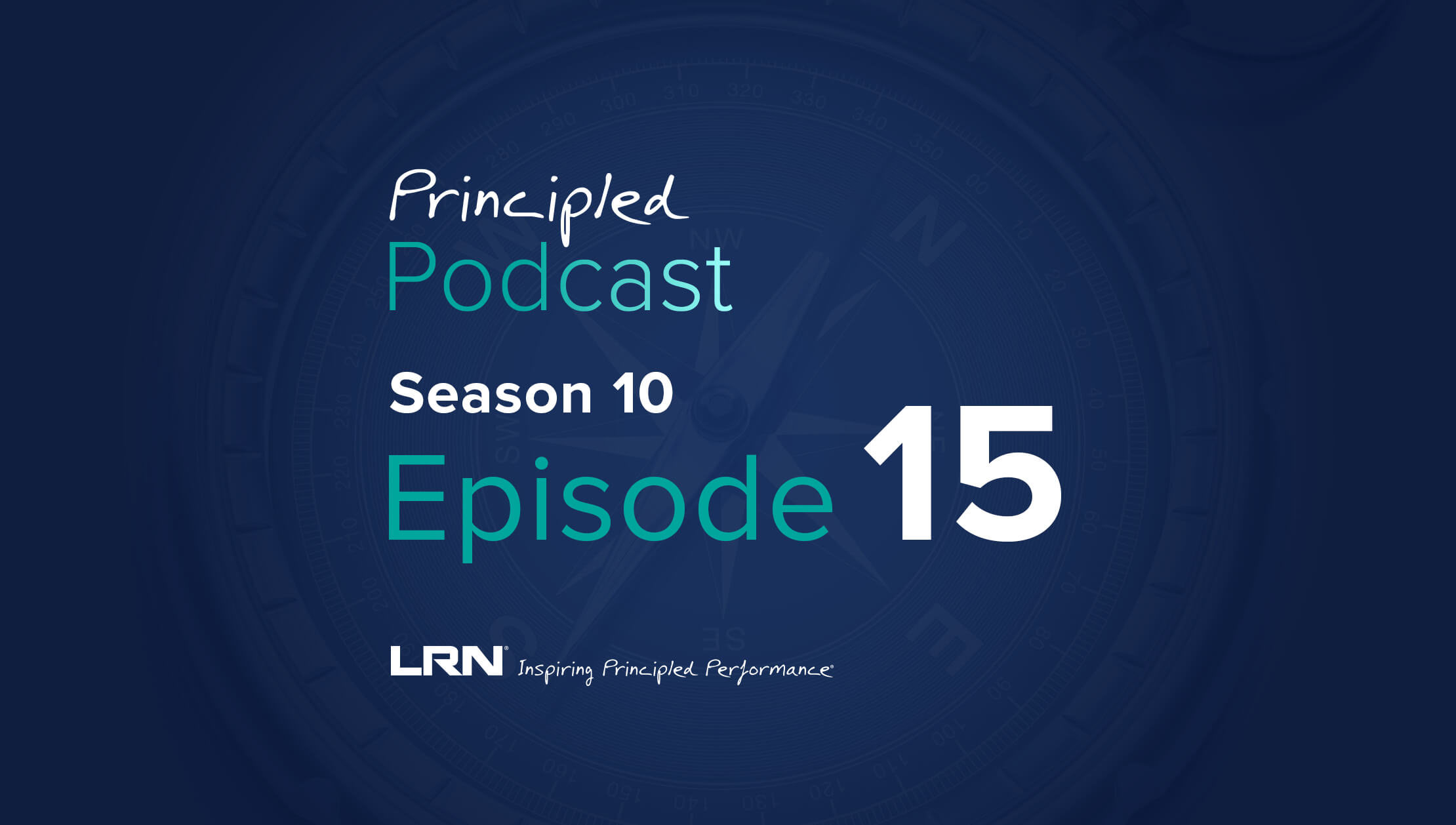“Shall we play a game?” is the line famously uttered by supercomputer “Joshua” in the ‘80s movie “War Games,” and that sets Matthew Broderick’s character into an urgent battle to stop World War III.
It seems a fitting way to pose a question about trust in the age of artificial intelligence:
What percentage of workers worldwide, do you think, would trust a robot more than their human managers?
Alexa and Siri would be glad to hear it’s 64%. That number climbs to 89% in India and 88% in China, respectively, according to a recent study.
Is the state of trust really that bad?
According to the slate of studies that launch each year around this time, the answer is yes.
There is widespread distrust in societal institutions--defined as government, business, NGOs and the media--despite a strong global economy, according to Edelman’s Trust Barometer, released each year at the World Economic Forum in Davos.
Perhaps this is why 96% of chief executives recently rated building and maintaining trust with stakeholders as a high priority, with close to half (42%) saying the importance of building trust with stakeholders has increased in the past five years, according to the global leadership community of chief executives YPO.
In fact, trust and stakeholder sentiments and commitments are inextricably linked. While talk of a new manifesto for business was the buzz at the World Economic Forum and the Business Roundtable adopted stakeholder capitalism as its new corporate purpose, the Edelman report found many people questioning the value of capitalism itself. It found 56% of respondents saying capitalism as it exists today does more harm than good.
Morning Consult’s first annual Most Trusted Brands, released this month, attempts to gauge how brand trust will shape the future of consumer culture. It found the levels of distrust in the U.S. are high, particularly when it comes to institutions and major concentrations of power. It goes on to say Americans trust some individual technology brands, such as Amazon and Google, more than teachers, extreme weather reports, and even Oprah or Tom Hanks.
While such reports of our crisis of trust are many, the solutions for rebuilding are less plentiful. Only 40 percent of chief executives find it easy to build trust with employees, and they find it even more challenging to do so with their customers (36%), according to the YPO study.
It has many of us at LRN thinking: How well do we understand trust? Can we become better at it wielding it as a force for good?
We define trust at LRN as a catalyst that enhances performance, binds people together, and shapes the way they relate to each other. One way to think about it is that it acts as a kind of human glue.
It enables strong human ties that are difficult to break. It creates an environment where risk-taking is allowed and errors and mistakes are forgiven. It provides the solid ground upon which people are able to leap, to strive to do big things, because they share aspirations, values, and commitments.
Neuroscientists have proven trust is akin to a drug. Oxytocin is released in the brain when someone feels that someone is trusting them, and they reciprocate the trust by extending trust back.
It creates a kind of virtuous cycle of coming together, creating an environment where you can collaborate more, share ideas, get more done.
The acronym "TRIP" was coined by LRN Founder and Chairman Dov Seidman to explain how trust can be applied as a practical business strategy. T-R-I-P in definitional terms means: In high trust environments, people have the faith they can take a risk without retribution, they can try something new, they can innovate based upon shared understanding to achieve the progress we all so desperately want.
Too often in our relationships and in business, we think trust exists outside of us. We go looking for it. The adage “trust but verify” is age-old because we fear our trust will be taken advantage of. We’ve built processes, policies and systems to test for trustworthiness. Can we trust this vendor or supplier? Do we let colleagues make decisions on how to spend company money? How can we literally keep track of our people to ensure we are getting the most from them?
At LRN we often refer to what Aristotle taught us, that the virtue of trust lies in giving it away. We embrace a new mindset for leaders and organizations and a new mandate to create environments built on commitment to a mission and purpose of societal significance and that support, reinforce and reward manifesting that mission and purpose with decisions that reflect our deepest human connections and shared values.
Advanced technologies are connecting people together like never before, and yet, we are seeing greater divides and factions forming and more disconnection. A more connected world needs greater human understanding, empathy, humility, shared truths, and shared values in order to function. Yet more and more bad actors are taking advantage of these same advanced technologies to spread fake news and design deep fakes in order to distort the truth and disrupt our societies, democracies, and leadership.
We can’t function without trust, yet the challenge to rebuild it can seem too vast. Leaders and organizations don’t always feel they are up to the challenge of scaling the kinds of human connections upon which trust is built over time.
Those able to build high-trust environments can find immense rewards. Organizations and institutions are characterized by the degree to which employees and stakeholders embrace vulnerability and extend trust to each other. LRN's research shows:
- Organizations that deliberately focus on purpose, values, trust, and behavior outperform those that adhere to more conventional ways of doing business
.; - The number of companies changing the way they operate to emphasize purpose, values, trust, and behavior is rising;
- Organizations where employees extend the greatest levels of trust to one another find healthy risk-taking is 32 times greater, innovation is 11 times greater, and financial return from that risk-taking is six times greater than at organizations where trust is rated as low.
There is no single strategy for building trust in organizations, but there seems no choice other than to embark in designing the actions necessary to address the specific demands of trust-seeking stakeholders in an era of stakeholder capitalism.



